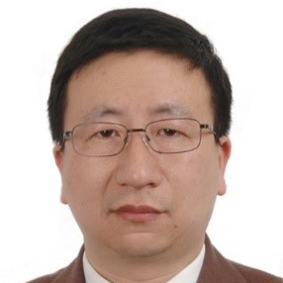Advances in Hybrid Gels Films
A special issue of Gels (ISSN 2310-2861). This special issue belongs to the section "Gel Processing and Engineering".
Deadline for manuscript submissions: closed (20 February 2024) | Viewed by 4402
Special Issue Editors
Interests: wastewater treatment; hydrogels; packaging film; biodegradable plastics
Interests: cellulose; microgel; pickering emulsion; microcapsules; porous composite
Interests: antimicrobial hydrogels; reactive extrusion; surface and interphase treatment; functional polymer materials; bio-based or bio-degradable materials
Special Issue Information
Dear Colleagues,
Recently, the replacement of fossil-based techniques for various fields such as pollution control, biomedicine, etc., using green materials or approaches has emerged as a key research hotspot. Bio-based gels films or composites are the most appropriate candidates for this due to the biocompatibility, low-cost, and the dominant barrier properties, etc. The hybrid gels consisting of nanofillers and the functional biopolymers provide another approach for synthesizing functional materials. The high dispersion of the nanomaterials in gels dramatically increases the mechanical, barrier, antimicrobial, and antioxidant properties of the films and composites.
Thus, this Special Issue of Gels, entitled “Advances in Hybrid Gels Films”, aims to collect up-to-date advances in the broad subject area of hybrid gels films. Studies, research articles and reviews on gel-based films, gel-based composites, gel with nano or macro fillers, as well as novel hybrid and functional gels are welcome.
Dr. Yuan Li
Dr. Peng Lu
Dr. Yong Guan
Guest Editors
Manuscript Submission Information
Manuscripts should be submitted online at www.mdpi.com by registering and logging in to this website. Once you are registered, click here to go to the submission form. Manuscripts can be submitted until the deadline. All submissions that pass pre-check are peer-reviewed. Accepted papers will be published continuously in the journal (as soon as accepted) and will be listed together on the special issue website. Research articles, review articles as well as short communications are invited. For planned papers, a title and short abstract (about 100 words) can be sent to the Editorial Office for announcement on this website.
Submitted manuscripts should not have been published previously, nor be under consideration for publication elsewhere (except conference proceedings papers). All manuscripts are thoroughly refereed through a single-blind peer-review process. A guide for authors and other relevant information for submission of manuscripts is available on the Instructions for Authors page. Gels is an international peer-reviewed open access monthly journal published by MDPI.
Please visit the Instructions for Authors page before submitting a manuscript. The Article Processing Charge (APC) for publication in this open access journal is 2600 CHF (Swiss Francs). Submitted papers should be well formatted and use good English. Authors may use MDPI's English editing service prior to publication or during author revisions.
Keywords
- gel film
- hybrid gels
- functional additives
- nano or macro fillers
- drug release








